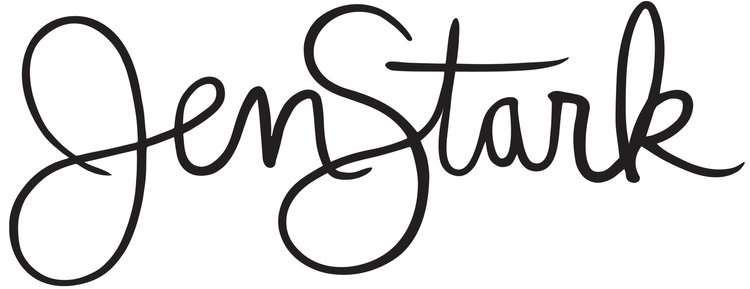I am honored to be on the cover of Scholastic Art’s September issue, “Color, Shape, and Rhythm.” As a child, I always looked forward to reading and viewing Scholastic zines, so am thrilled to come full circle as an interviewed artist inside of one. A Q&A can be found inside along with a poster of one of my paintings.
See the full interview below.
Scholastic Art: When did you first know you wanted to be an artist?
Jen Stark: I was probably 4 or 5 years old. My grandpa was a hobby artist, and he would invite me over for art lessons on the weekends. That was a big source of inspiration for me.
SA: Was there a moment that led to the artwork you’re known for?
JS: When I was a teenager, my older sister was in medical school. I would flip through her anatomy textbooks, looking at the photos of dissections and all the crazy layered diagrams. Then I had a turning point while I was in college. I was trying to save some money, so I decided to purchase the most affordable art material I could find, which was a stack of construction paper. I brought it back to the studio, and I started doing a kind of dissection. I really liked the idea of transforming a common material like paper into something unexpected.
SA: Where do you find inspiration now?
JS: My inspiration comes from color theory, designs in nature, even math equations like the golden ratio and the Fibonacci sequence. For example, I’m interested in how the spiral appears in nature, like a snail shell or a galaxy.
SA: How do you translate your observations into a visual language?
JS: I think of my work like an abstract version of evolution. There are different generations, and one informs the next and then informs the next, slowly evolving and changing. And eventually it turns into this big collection of different shapes.
SA: How do you think about color?
JS: I love working with rainbows, and I have very specific rules about what colors should be next to each other. I usually put warms next to cools and lights next to darks, which helps make the color pop. I like juxtaposing different colors and seeing how they react with each other.
SA: Is there a relationship between your paintings and your sculptures?
JS: I like to have a few different projects at once, and I love to paint. Sometimes the sculptures inform the paintings, and the paintings inform the sculptures. The paintings are almost like 2-D translations of the sculptures.
SA: Why did you start making public art? Why is public art important?
JS: I started with an outdoor mural at a hotel in South Beach, Miami, where I’m originally from. That opened the door to the next one and so on. I love making public art because it gets me out of the studio. My body is more involved, I’m outdoors, and I'm painting these big shapes. I also love public art because a bigger audience can see it. People who may not go into galleries or museums are able to view the work.
SA: What challenges have you faced? How have you overcome them?
JS: Being a woman artist has been a challenge. We have to do a little more to get ourselves out there. Sometimes when people hear I’m an artist, they ask what my real job is. People probably wouldn’t ask a man those questions. To overcome that, I just try not to listen to the noise. I’m pretty stubborn, and I just go for it.


